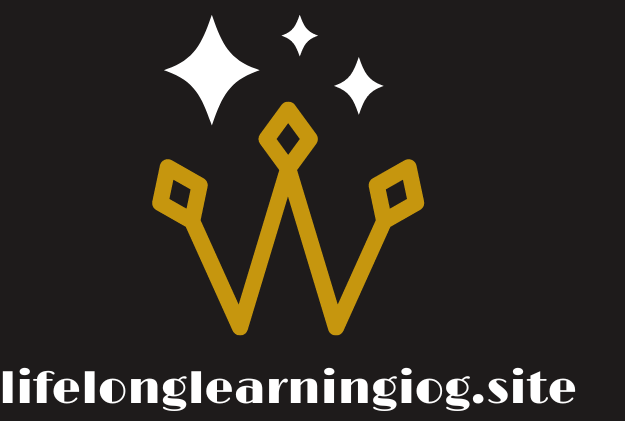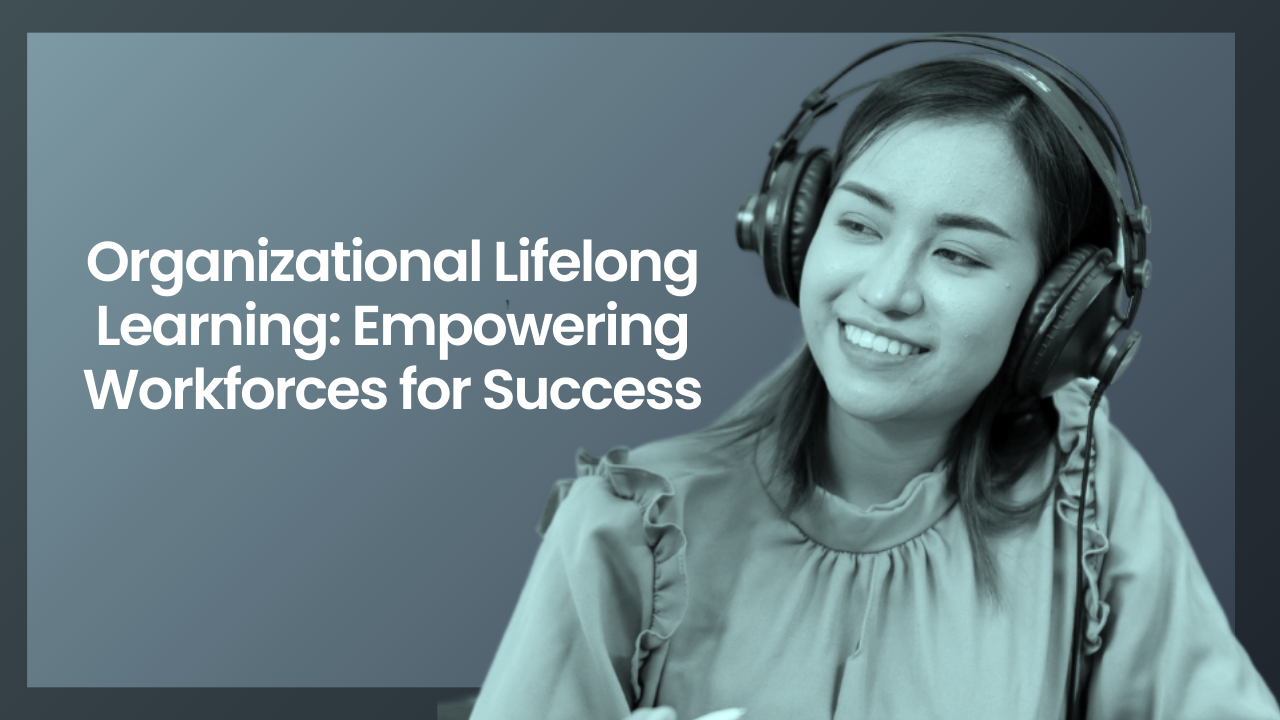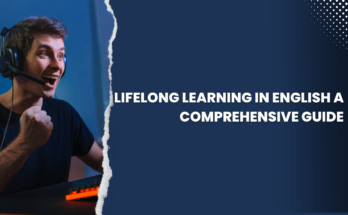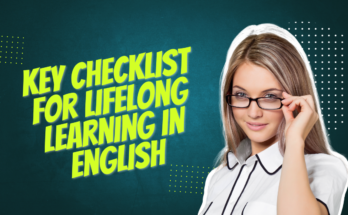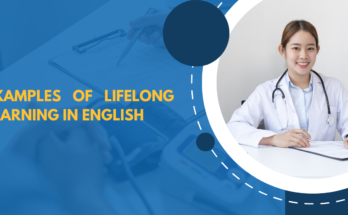Introduction
In today’s rapidly evolving business landscape, organizations are increasingly recognizing the pivotal role of lifelong learning in fostering employee growth and organizational success. This article delves into the significance of organizational lifelong learning, its types, benefits, challenges, and future prospects.
Define Organizational Lifelong Learning
Organizational lifelong learning refers to the continuous process of acquiring knowledge, skills, and competencies throughout one’s career within a professional setting. Unlike traditional learning models that are confined to specific educational phases, lifelong learning emphasizes ongoing development and adaptation to meet evolving job requirements and industry demands.
Table of Contents
Relevance and Importance
In a dynamic and competitive business environment, organizations must adapt swiftly to technological advancements, market shifts, and changing consumer preferences. Lifelong learning equips employees with the agility and resilience needed to navigate these complexities effectively. It fosters innovation, enhances employee engagement and retention, and cultivates a culture of continuous improvement within the organization.
Types and Categories
Formal Learning
Formal learning encompasses structured educational programs, such as workshops, seminars, and certification courses, conducted either internally or externally. These programs offer comprehensive instruction on specific topics or skill sets and often culminate in recognized credentials.
Informal Learning
Informal learning occurs spontaneously through daily work activities, interactions with colleagues, and self-directed exploration. It is characterized by its flexibility and accessibility, as individuals can acquire knowledge on-the-go without adhering to rigid schedules or curriculum frameworks.
Non-Formal Learning
Non-formal learning bridges the gap between formal and informal learning modalities, providing structured yet customizable learning experiences tailored to individual needs and preferences. It encompasses activities like mentoring, coaching, job rotations, and online tutorials.
Symptoms and Signs
Increased Employee Engagement
Organizational lifelong learning fosters a sense of purpose and fulfillment among employees, leading to higher levels of engagement and motivation. When individuals perceive their professional development as a priority, they are more likely to invest time and effort into enhancing their skills and performance.
Enhanced Problem-Solving Skills
Lifelong learners possess strong analytical abilities and critical thinking skills, enabling them to approach challenges with creativity and resourcefulness. They are adept at synthesizing information from diverse sources, identifying root causes of problems, and devising innovative solutions.
Adaptability to Change
In a rapidly evolving business landscape, adaptability is a critical competency. Lifelong learners demonstrate resilience in the face of change, embracing new technologies, methodologies, and market trends with enthusiasm rather than resistance.
Causes and Risk Factors
Technological Advancements
The proliferation of digital technologies has revolutionized the way we work, creating both opportunities and challenges for organizations. Rapid technological advancements necessitate continuous upskilling and reskilling to ensure that employees remain proficient in relevant tools and platforms.
Globalization
The interconnectedness of global markets has intensified competition and increased the pace of innovation across industries. Organizations must equip their workforce with cross-cultural communication skills, market intelligence, and global business acumen to thrive in a multicultural business environment.
Demographic Shifts
As the workforce becomes increasingly diverse in terms of age, ethnicity, and background, organizations must adopt inclusive learning strategies that cater to the unique needs and preferences of each demographic group. This may involve offering flexible learning formats, accommodating different learning styles, and promoting cross-generational knowledge sharing.
Diagnosis and Tests
Training Needs Analysis
Before implementing a lifelong learning initiative, organizations should conduct a comprehensive training needs analysis to identify skill gaps, competency requirements, and learning priorities across different departments and job roles. This may involve surveys, interviews, performance evaluations, and consultation with subject matter experts.
Learning Style Assessments
Understanding individual learning styles is essential for designing effective learning experiences that resonate with diverse learners. Organizations can utilize psychometric assessments, learning style inventories, and feedback mechanisms to gauge employees’ preferences for auditory, visual, kinesthetic, or reading/writing modalities.
Learning Management Systems (LMS)
LMS platforms streamline the delivery, tracking, and evaluation of lifelong learning initiatives within organizations. These systems offer features such as content authoring, course management, learner analytics, and certification tracking, facilitating seamless knowledge dissemination and skills development.
Treatment Options
Formal Training Programs
Organizations can leverage formal training programs, such as workshops, seminars, and webinars, to impart structured learning experiences on specific topics or competencies. These programs may be delivered in-house by subject matter experts or outsourced to reputable training providers.
E-Learning Modules
E-learning modules offer a flexible and accessible learning format that employees can engage with at their own pace and convenience. These modules may include interactive multimedia elements, quizzes, and simulations to enhance engagement and retention of key concepts.
Coaching and Mentoring
Coaching and mentoring programs pair employees with experienced mentors or coaches who provide guidance, feedback, and support in achieving their learning and development goals. These one-on-one relationships foster personalized learning experiences and facilitate knowledge transfer from seasoned professionals to junior staff.
Preventive Measures
Cultivate a Learning Culture
Organizations should foster a culture of continuous learning by promoting curiosity, experimentation, and knowledge sharing among employees. Leaders play a crucial role in modeling lifelong learning behaviors and creating an environment where learning is valued and rewarded.
Invest in Learning Resources
Allocate adequate resources, both financial and human, to support lifelong learning initiatives within the organization. This may involve budgeting for training programs, allocating time for employees to pursue professional development activities, and providing access to relevant learning materials and tools.
Recognize and Reward Learning Achievements
Acknowledge and celebrate employees’ learning achievements through formal recognition programs, awards, or incentives. Positive reinforcement reinforces the importance of lifelong learning and motivates employees to actively engage in their personal and professional development journey.
Personal Stories or Case Studies
The Power of Lifelong Learning: A Success Story
Meet Sarah, a marketing executive at a leading technology firm, who credits her career advancement to a lifelong commitment to learning. Through participation in industry conferences, online courses, and mentorship programs, Sarah continuously expands her skill set and stays abreast of emerging trends in digital marketing.
From Novice to Expert: A Journey of Growth
John, a software developer, shares his journey of transitioning from a novice coder to a proficient programmer through self-directed learning and hands-on experimentation. By leveraging online coding platforms, community forums, and peer collaboration, John honed his coding skills and contributed to the development of innovative software solutions.
Expert Insights
Dr. Emily Chen, Learning and Development Specialist
“Lifelong learning is not just a professional obligation; it’s a mindset that fuels personal growth and innovation. Organizations that prioritize continuous learning create a competitive advantage by empowering employees to adapt, innovate, and thrive in a rapidly changing world.”
Mark Johnson, CEO of TechGenius Inc.
“Investing in employee development isn’t just about staying competitive; it’s about building a resilient and agile workforce capable of navigating uncertainty and driving organizational success. Lifelong learning isn’t a luxury; it’s a strategic imperative.”
Conclusion
In conclusion, organizational lifelong learning is a cornerstone of success in today’s knowledge-driven economy. By fostering a culture of continuous improvement, investing in employee development, and leveraging innovative learning strategies, organizations can empower their workforce to thrive amidst change and uncertainty. Embrace lifelong learning as a catalyst for growth, innovation, and sustainable success in the digital age.
